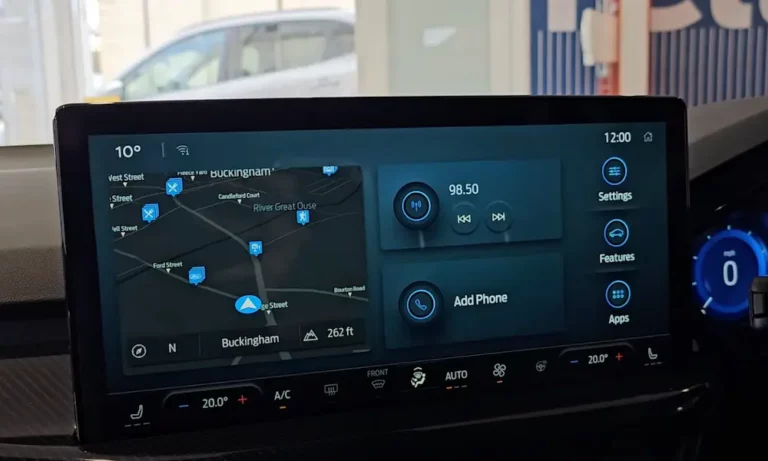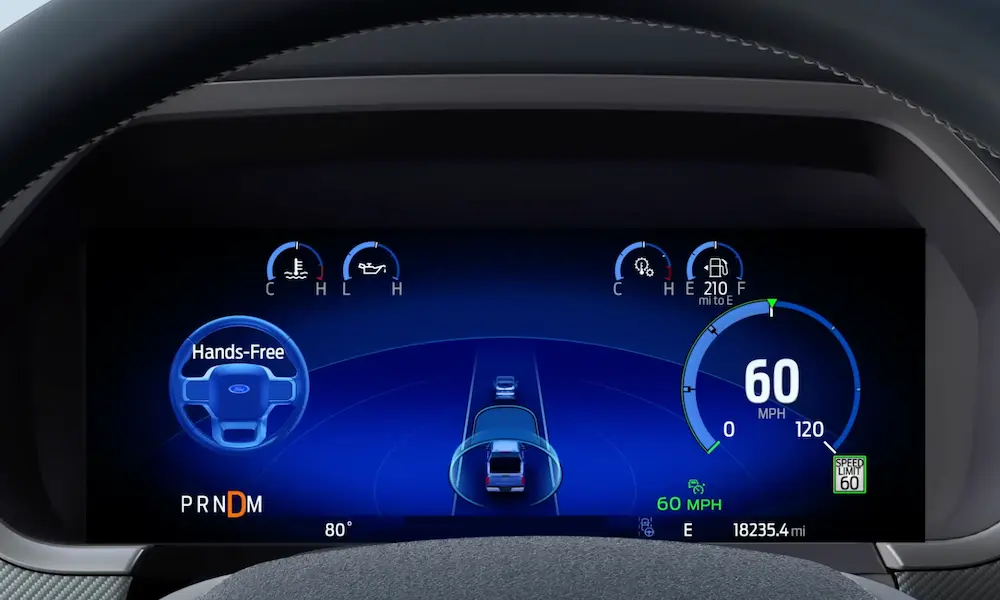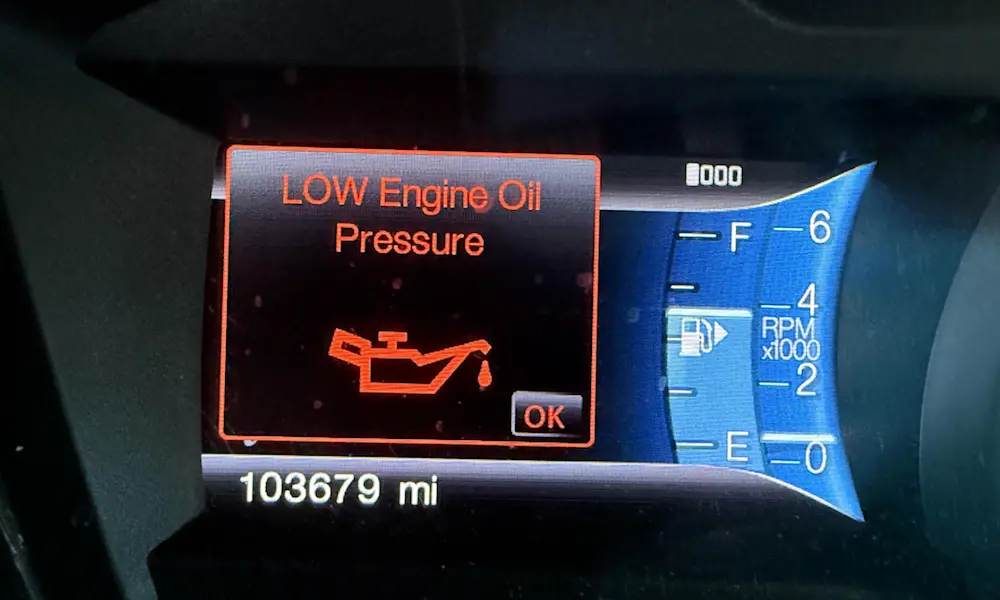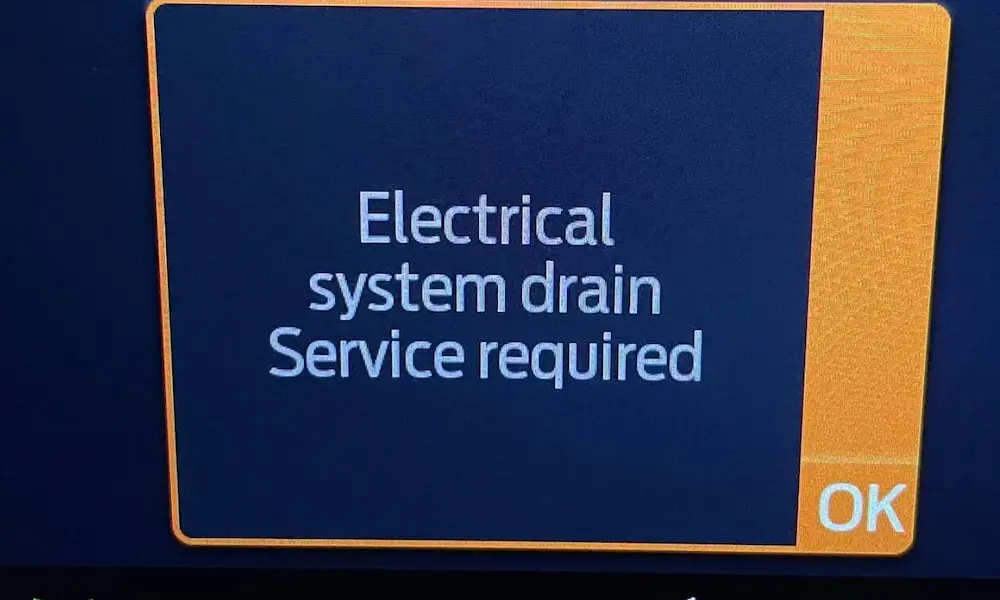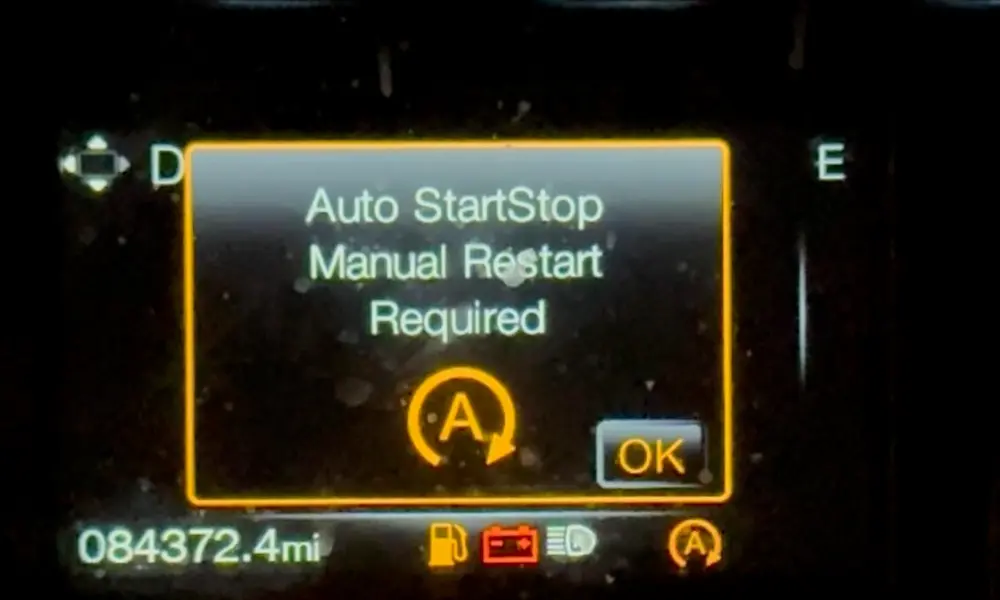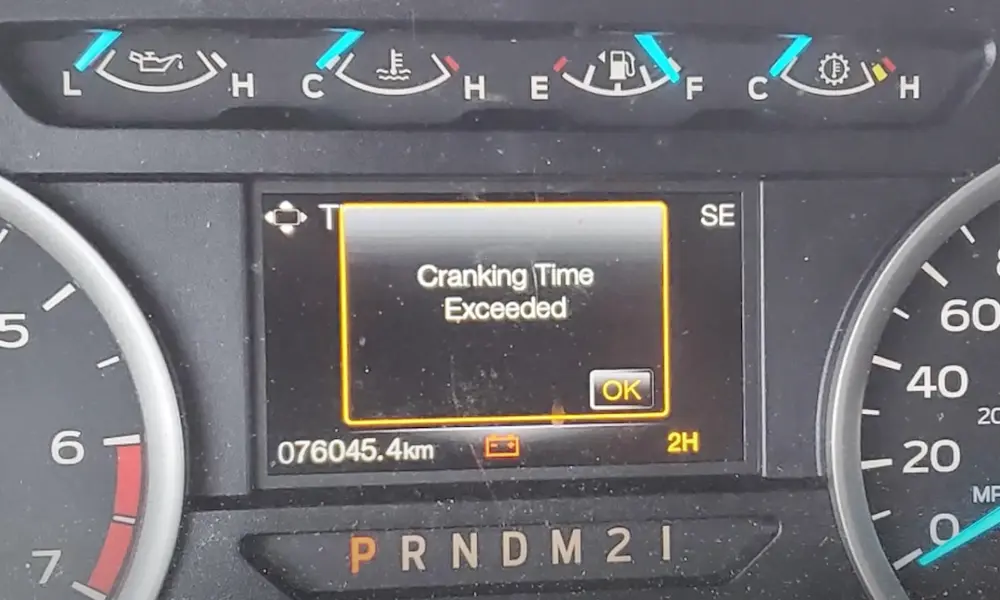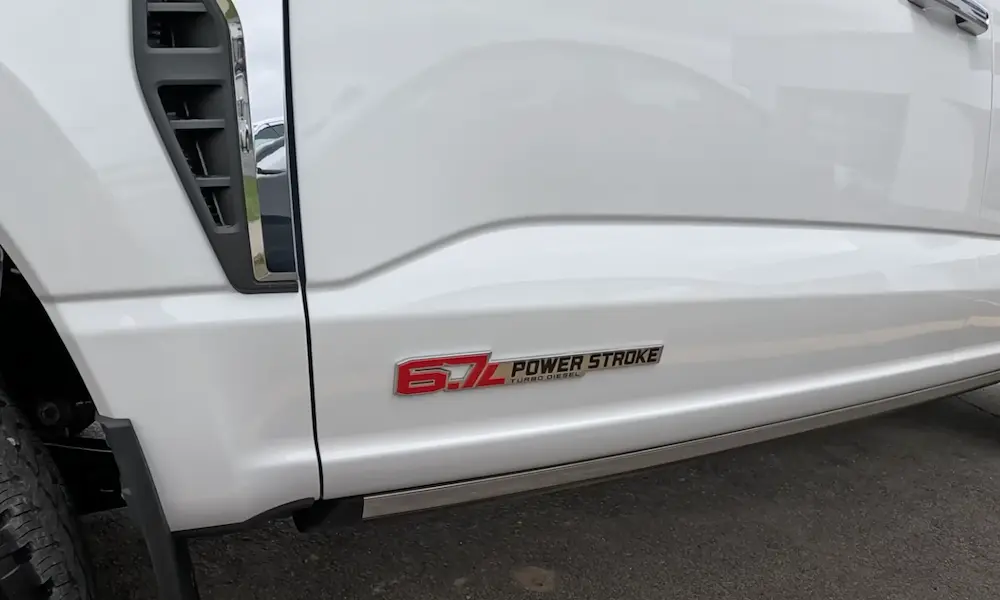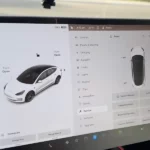Ever turned the key in your Ford only to be greeted with radio silence? You’re about to discover why your Ford radio might be on strike and how to get it working again without emptying your wallet. From simple fixes you can try right now to more advanced solutions, this guide covers it all.
Most Common Ford Radio Problems
Ford vehicles, especially Focus models from 2013-2016, are notorious for radio and SYNC system failures. These issues typically show up in predictable ways, giving you clues about what’s actually wrong.
Radio Display Goes Black
When your radio display suddenly goes dark, it’s usually an electrical issue. Many Ford owners report their displays working fine one day and completely dead the next. This often happens because of a failure in the Audio Control Module (ACM) or a power supply problem.
In Focus models, this blackout can affect not just your music but also your backup camera and navigation system since they’re all integrated through the same display unit.
Loud Static or Distorted Sound
If your radio is producing strange noises or distorted sound, pay attention. Users frequently report their radios initially produced loud static at maximum volume before completely failing. This pattern typically indicates an electrical short within the audio system components.
This progressive failure pattern gives you a warning – strange sounds today could mean complete failure tomorrow, so it’s best to address it quickly.
SYNC System Freezing
Ford’s SYNC system, especially in older vehicles, is infamous for freezing mid-operation. When this happens, you might find:
- Touchscreen becomes unresponsive
- Radio stays stuck on one station
- Volume controls stop working
- Menu options can’t be selected
As one frustrated owner put it, “Ford SYNC is dogshit. I pull the fuse at least once a month to let it reset due to connectivity issues.”
Radio Randomly Turns Off
If your radio cuts out while driving, it’s typically one of two issues: either a loose connection somewhere in the system or an overheating component. Many Ford radios have a self-protection feature that shuts the unit down if it detects potential damage from overheating.
Quick Fixes to Try First
Before taking your car to a mechanic or considering expensive replacements, try these simple fixes that solve most Ford radio problems.
Check and Replace Fuses
Blown fuses are the most common and easiest Ford radio problem to fix. Here’s how to check them:
- Locate the fuse box (usually under the glove compartment in most Ford models)
- Find the radio-related fuses using your owner’s manual
- For Ford Focus models, pay special attention to fuses F67 (controlling SYNC and display functions) and F79 (controlling radio and DVD functions)
- Remove each fuse using the plastic tweezers typically located in the fuse box
- Look for broken metal strips inside each fuse (a blown fuse will have a visible gap)
- Replace any blown fuses with new ones of identical amperage rating (crucial!)
Even if fuses look fine, owners report that simply removing and reinserting them can reset connections and temporarily fix issues.
Battery Disconnect Reset
When fuse checks don’t solve the problem, the next step is performing a complete electrical system reset:
- Turn off your vehicle completely
- Pop the hood and locate the battery
- Disconnect the negative (black) battery terminal using a wrench
- Wait 15-30 minutes (this ensures all capacitors discharge fully)
- Reconnect the battery terminal securely
- Start your vehicle and test the radio
This “hard reset” forces all electronic systems to reboot from scratch and can clear persistent glitches in the radio module. It’s like turning your computer off and on again, but for your entire vehicle’s electrical system.
SYNC System Force Reboot
For SYNC system issues specifically, try this quick reset method that many Ford owners swear by:
- Press and hold the center of the volume knob
- While holding it, also press and hold the seek forward button (the right arrow)
- Continue holding both for about 10 seconds until the system reboots
Users report this method often works when their SYNC system freezes or becomes unresponsive without requiring battery disconnection.
Check for Loose Connections
Radio issues can sometimes be as simple as a loose connection. If you’re comfortable removing your radio (typically requires removing some trim panels with plastic pry tools):
- Check that all wiring harnesses are fully seated and locked
- Inspect for any bent pins in the connectors
- Look for signs of corrosion on connection points
- Ensure the antenna cable is securely connected
Deep Dive: Why Ford Radios Fail
Understanding why these issues happen can help you prevent future failures or choose the best long-term solution.
Electrical System Vulnerabilities
Ford’s electrical architecture, particularly in 2012-2016 models, has several weak points that affect radio performance:
| Component | Common Failure | Impact on Radio |
|---|---|---|
| Audio Control Module | Voltage regulator burn-out | Complete radio failure |
| APIM (SYNC Module) | Software corruption | Freezing interfaces, unresponsive controls |
| Antenna Amplifier | Signal degradation | Poor reception, static |
| Wiring Harness | Connector pin corrosion | Intermittent functionality |
These vulnerabilities can be exacerbated by:
- Voltage spikes from aftermarket accessories
- Battery issues causing inconsistent power supply
- Climate extremes (very hot or cold weather)
- Age-related degradation of components
SYNC Software Issues
The SYNC system, developed in partnership with Microsoft, is notorious for software bugs. Early versions (SYNC 1 and SYNC 2) are particularly problematic. Common software-related issues include:
- Memory leaks causing system slowdowns over time
- Bluetooth pairing problems
- Corrupted media indexing when connecting devices
- Update failures leaving the system in a partial state
Modern vehicles are essentially computers on wheels, and like any computer, software problems can cause hardware to misbehave even when the physical components are fine.
Advanced Solutions
When basic troubleshooting fails to resolve your radio issues, it’s time to consider these more involved solutions.
Update SYNC Software
For persistent SYNC system issues, updating the software often resolves compatibility and performance problems:
- Format a USB drive to exFAT or FAT32 format (NTFS won’t work)
- Visit Ford’s Owner Support website to download the latest update for your specific vehicle
- Follow the instructions to install the update files on the USB drive
- Insert the USB drive into your vehicle’s USB port
- Follow on-screen prompts to complete the update (can take 20-40 minutes)
- Do not interrupt the process or turn off your vehicle
Many owners report that after properly updating their SYNC system, they “Haven’t had it happen in years now” despite previously experiencing frequent issues.
Radio Unit Replacement Options
If all else fails, replacing the radio unit might be necessary. You have several options:
Factory OEM Replacement
A direct factory replacement ensures perfect compatibility but comes at a premium price:
- Purchase a new or refurbished OEM unit from a Ford dealer ($300-700)
- Have it professionally installed and programmed with your vehicle’s VIN
- All original features will work exactly as before
Junkyard/Used Replacement
A more economical option that maintains original functionality:
- Source a compatible unit from a similar Ford model at a salvage yard ($50-150)
- Ensure identical part numbers or confirm cross-compatibility
- May require dealer programming for full functionality
As one owner mentioned in a Reddit discussion, they found themselves on their “3rd” radio unit, suggesting this is a recurring issue requiring multiple replacements over time.
Aftermarket Upgrade
Many Ford owners ultimately choose aftermarket solutions that offer enhanced features:
- Android-based multimedia systems ($150-400) offer touchscreen interfaces with more features
- Brand-name units from Pioneer, Kenwood, or Alpine provide reliability and modern connectivity
- CarPlay and Android Auto integration brings smartphone features to your dashboard
An aftermarket unit not only resolves the original issue but often provides significant upgrades in sound quality and features. The typical cost for a good aftermarket unit with installation ranges from $300-600.
DIY Repair for the Brave
If you have electronics experience and are feeling adventurous, some Ford radio issues can be repaired with basic soldering skills:
- Common failure points include bad capacitors on the power supply board
- Broken solder joints around heat-generating components
- Failed display ribbon cables that can be re-seated
There are YouTube tutorials specifically for Ford radio repairs that walk through common fixes step by step.
Prevention: Keeping Your Ford Radio Working
Once you’ve resolved your radio issue, these practices will help prevent future failures:
Regular Maintenance
- Keep battery connections clean and tight
- Install a battery tender if the vehicle sits unused for extended periods
- Periodically clean the area around your radio controls to prevent dust buildup
- Consider a small investment in a voltage stabilizer if you’ve experienced repeat failures
Software Hygiene
- Check for SYNC updates at least twice yearly
- Don’t disconnect the battery while the radio is on
- When connecting phones or USB devices, allow the system to fully recognize them before playing media
- If you notice glitchy behavior, perform a SYNC reset before problems worsen
Climate Considerations
- Use windshield sun shades when parked to reduce dashboard heat
- In extremely cold weather, let the vehicle warm up before using the radio intensively
- Avoid leaving USB drives or other media plugged in during extreme temperature conditions
Upgrading vs. Repairing: Making the Smart Choice
Given the frequency of Ford radio problems, especially in certain model years, it’s worth considering whether repair or upgrade makes more sense for your situation.
| Factor | Favor Repair | Favor Upgrade |
|---|---|---|
| Vehicle Age | Newer (under 5 years) | Older (5+ years) |
| Planned Ownership | Selling soon | Keeping long-term |
| Feature Needs | Basic audio only | Want modern connectivity |
| Budget | Under $200 | $300+ available |
| Radio Importance | Occasional use | Daily essential use |
Modern aftermarket units offer significant advantages over even the best factory Ford radios, including better sound processing, easier phone integration, and superior reliability.
Remember that Ford radio issues, particularly in Focus models from 2013-2016, are extremely common. The frequency across multiple model years points to inherent design weaknesses that even a perfect repair may not permanently resolve.
Whichever route you choose, you now have the knowledge to address your Ford radio problems confidently and get back to enjoying your drive with your favorite tunes playing once again.

